Cemented Carbide Tools Milling Process
Cemented carbide tools milling completes the metal cutting by rotating the cutting edge of the tool along the workpiece in almost any direction programmable feed motion. This cutting action makes milling become an effective common processing method. Using the constrained path pattern, each cutting edge of the milling tool can be removed a certain number of metals, which makes cutting the formation and chip no longer is of paramount importance. The most common application is milling can be used to generate the plane - face milling, but with the increasing number of 5-axis machining centers and multi-tasking machine tools, other processing methods and surface processing methods has also been considerable development.
The parts impact or from the point of view of the tool path, cemented carbide tools milling process types include: face milling, shoulder milling, contour milling, cavity milling, slot milling, milling, thread milling, cutting high feed milling, plunging, ramping milling, helical interpolation milling and circular interpolation milling and trochoidal milling.
| Milling - face milling | Milling - square shoulder milling | Milling - profile milling | Milling - pocket milling |
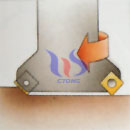 |
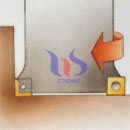 |
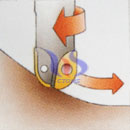 |
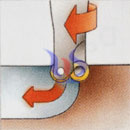 |
| Milling - slot milling | Milling - turning milling | Milling - thread milling | Milling - cutting |
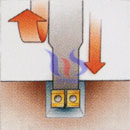 |
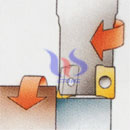 |
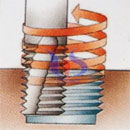 |
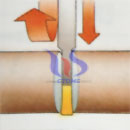 |
| Milling - high feed milling | Milling - plunge milling | Milling - ramping milling | Milling - helical interpolation milling |
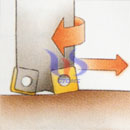 |
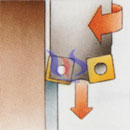 |
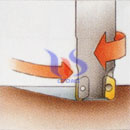 |
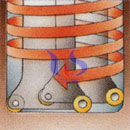 |
| Milling - circular interpolation milling | Milling - trochoidal milling | ||
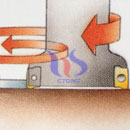 |
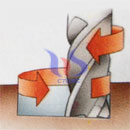 |
Milling tools selection and application process:
1.Specifying step: Determine the process type, surface milling, shoulder milling, contour milling, slot milling, and then consider the production efficiency, reliability and quality are consistent with the premise, and select the appropriate tool.
2 to determine material: According to ISO determine workpiece materials, steel, stainless steel, cast iron, aluminum, heat-resistant alloys and titanium alloys, brittle material.
3.Select milling cutter: Select tool tooth pitch and the type of installation. Fine-toothed milling cutters are the fist choice. Sparse tooth cutter is used in large overhangs and unstable conditions. Short-chipping materials and high-quality alloy material the use of ultra fine-toothed milling cutter. Select the type of installation.
4. Milling inserts: choose your operating milling insert geometries: slotted L = light, suitable for low cutting forces / power light cutting; trough M = medium, mixed machining preferred; trough H = heavy forgings, castings crusty and vibration conditions suitable for roughing. Select the optimal production efficiency milling insert grade.
5. Determine start values
Chinatungsten Online can provide various sizes and grades of cemented carbide cutting tools, non-standard products are also customized according to customer requirements. Welcome to consult and purchase sales@chinatungsten.com, sales@xiamentungsten.com.






 sales@chinatungsten.com
sales@chinatungsten.com